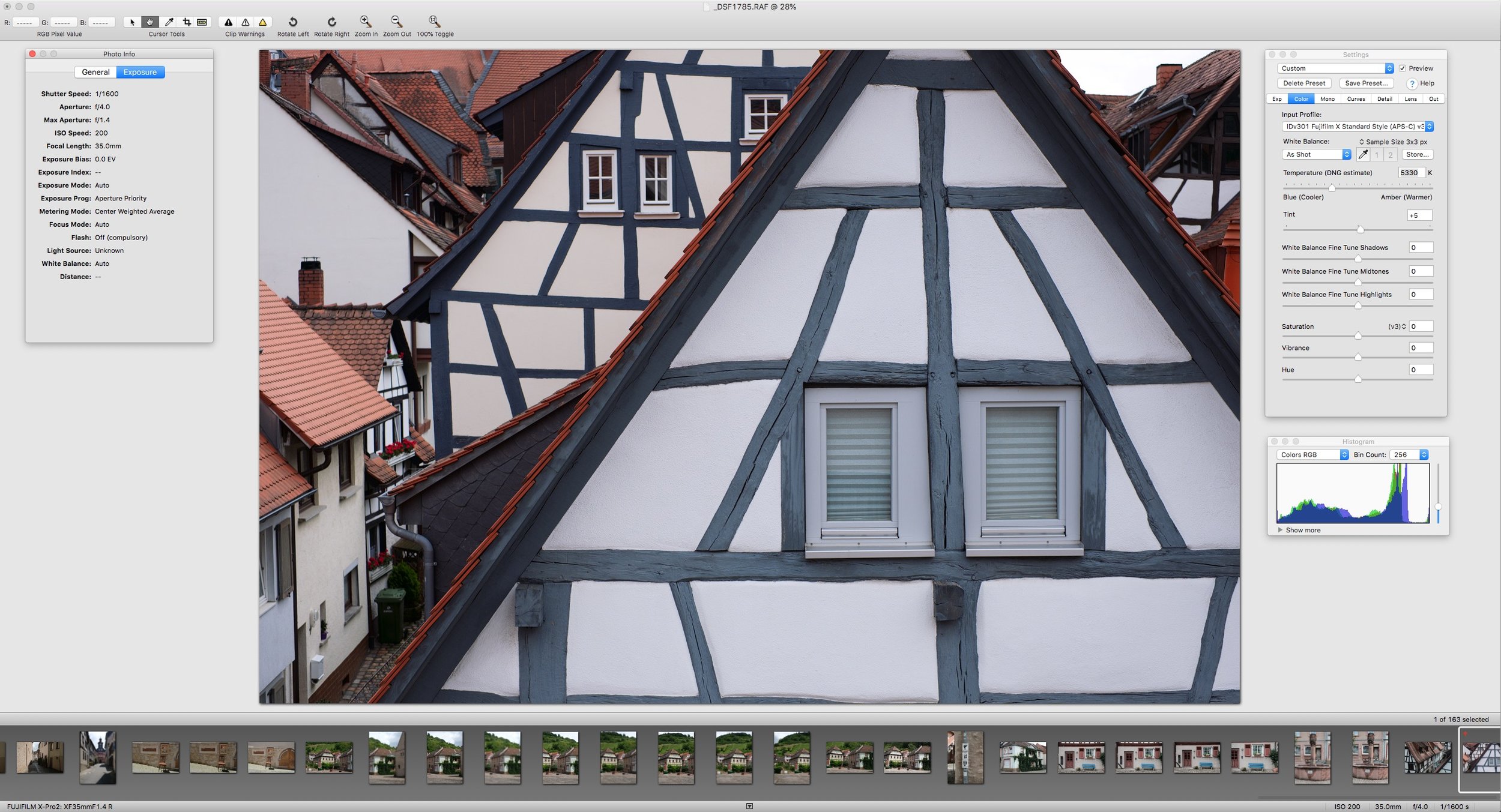

- #Recommended iridient x transformer settings Patch
- #Recommended iridient x transformer settings software
Many, me included, praise the colours you get out of a Fujifilm camera, so it seems this pattern has indeed its advantages.

Bayer sensors feature a 2×2 pattern of pixels with larger areas of green, X-trans feature a 6×6 configuration. The difference is in the coloured pixels distribution pattern on the sensor.
#Recommended iridient x transformer settings Patch
Lightroom is tuned to the latter and for reasons known to them only, Adobe seems to refuse (or is unable) to apply a patch for X-Trans. The other models, and most cameras from other brands, use a Bayer sensor originally developed by Kodak. High-end Fujifilm cameras use a proprietary technology for their sensors, called X-Trans. This again is designed to offset technical problems with resizing or image compression or printers. Output Sharpening is the end process before sending an image to the Web or print. Local Sharpening (or Creative as it’s often called) is what a photographer decides to apply to the image, generally or locally, to enhance aspects of it. And it’s what this article is focusing on. It’s a way to overcome the lack of sharpness of Raw files due to the technical limitations of digital cameras.
#Recommended iridient x transformer settings software
It’s the main reason why people say one software handles files better than the other: it’s simply because it is more effective in doing this first step, when it’s even done.

They are:Ĭapture Sharpening is often done automatically by your software when opening your file. Knowing the different sharpening steps does though. While this makes sense, with Lightroom and other non-destructive editing apps it does not apply: unlike many programs, the order of your Lightroom adjustments has no effect on the final image whatsoever. The common understanding is that you shouldn’t do any sharpening at all until you have made all your edits. This is already a particularly confusing topic indeed. Some technical stuff for fellow nerds Sharpeningįirst of all, let’s understand sharpening. But it is caused by some Fujifilm cameras being “different”. It seems to only happen in Lightroom and, as I hinted above, other apps seem to handle it much better. And maybe they’re shorter than spaghetti. They could be spaghetti, but I suppose people are so upset that they refuse to associate it with something nice. When you pixel-peep a Fujifilm Raw file in Lightroom (mind you, only with specific cameras – more on that later), you can see some strange artifacts that indeed look like a nest of worms. What you always hear photographers complain about is the “worms”. But it is a completely different matter with prints. With small size and compression, most of the problems are not there for viewers to see. It’s never really been an issue with images to post on social media. Every time feeling it was the correct one, only to find later that I needed to go back to editing my photos again. I tried several solutions myself in all these years. One that is even making people switch to a different software, either for the sharpening alone or abandoning Lightroom for good. Sharpening Fujifilm Raw files in Adobe Photoshop Lightroom is a topic that has filled articles since forever.


 0 kommentar(er)
0 kommentar(er)
